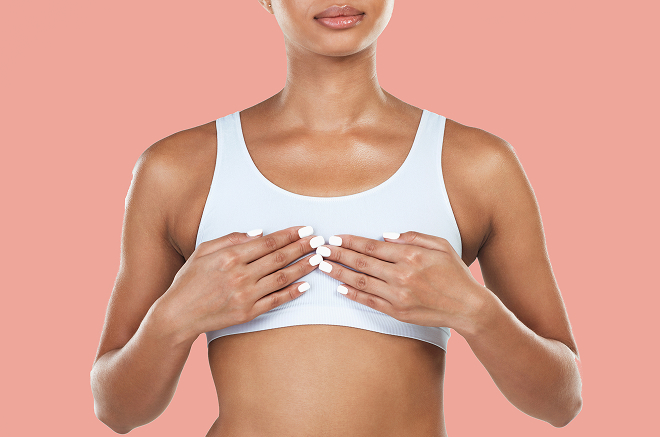Breast Lipograft

Objective
Dr. Nicolaidis was fortunate enough to attend the very first official presentation on facial fat transfer, given by Sidney Coleman in 2000, while he was still working in New York City. Fat is harvested from the patient via liposuction and then concentrated before being reintroduced to any desired area of the body. For the fat to survive, it must be injected in small amounts and thin lines, surrounded by the patient’s own tissues that will provide vascularity. In the years following Dr. Coleman’s presentation, increasingly larger amounts of fat have been transferred to other parts of the body, including the breasts and buttocks. When large amounts of fat are injected into an area, more of that fat loses contact with the patient’s tissues, resulting in resorption rates of approximately 50% (meaning that 50% of the transferred fat will disappear over time). If too much fat is transferred, cysts can form, which can be misinterpreted as possible breast cancer on a mammogram. Further tests are then necessary to rule out cancer, which is another unpleasant experience for patients who have already suffered enough.

Concentration of fat in preparation
for transfer
for transfer
The patients who most obviously benefit from fat transfer to the breasts are those who initially had very little or no breast tissue. Now imagine injecting fat into this patient’s extremely limited breast tissue immediately after an explant, when a large empty pocket remains following implant removal. Keep in mind that a surgeon cannot precisely control where the transferred fat will go; it will simply go wherever there is space. If the fat enters this empty pocket, it will die completely and can lead to infection. For these reasons, Dr. Nicolaidis will perform a limited fat transfer into the breasts at the time of explantation, only for a very select group of explant patients. Rather, his initial goal is to minimize wrinkling through various breast lift techniques, which he will discuss with patients at the time of consultation. Fat transfer is then performed as a secondary procedure, 3 to 6 months later, to correct any irregularities or asymmetries resulting from the explantation. The other advantage of performing a delayed fat transfer (rather than immediately after explantation) is that more fat can be transferred to the breasts, since the explantation space is closed and there are no longer any incisions through which fat could escape.

Surgical and post-operative details
Anesthesia
Most cases require general anesthesia for maximum patient safety and comfort as well as more aggressive fat removal.
Surgical techniques
Fat is removed from unwanted areas using various liposuction techniques. However, rather than discarding this fat, the fat is concentrated through various means and reinjected into areas of the breasts lacking fullness, usually the upper breasts. Care must be taken to avoid excessive injections in any given area to prevent necrosis (or death) of fat cells, leading to greater fat resorption or cyst formation.
Recovery
Patients are usually asked to wear a compression garment for a month after surgery in the liposuctioned areas. However, pressure on the breasts is avoided.
Back to work
Patients can usually return to work within just a few days, although swelling and bruising usually take several weeks to resolve.
Possible complications
The most common problem after liposuction is skin surface irregularities, including sagging or wrinkles. As already mentioned, up to 50% of the transferred fat can be reabsorbed (or disappear). Risks of fat transfer include cyst formation, infection, and microcalcification.
Post-surgery advice
The first week
- Keep your bandages dry and clean;
- Wash with a sponge, unless otherwise directed by Dr. Nicolaidis;
- Avoid pressure on the fat injection area;
- Wear your compression garments (if provided) at all times for liposuctioned areas;
- Walk at least 5 minutes every hour during the day (do NOT just stay in bed all the time).
Your first post-operative lipograft appointment is very important, even if you feel great.
After the first week
- Patients can shower;
- Continue to avoid any pressure on the fat injection area for at least 2 more weeks;
- Protect your new scars from sun exposure for a total of 6 months;
- Continue to wear pressure garments (if provided) until Dr. Nicolaidis tells you otherwise;
- To avoid complications from blood clots, keep moving (walk regularly during the day).
Please note
- It is normal to have some bruising in the fat injection area in the first few weeks after surgery.
- For your comfort, be sure to take your pain relievers as prescribed.
* Does not constitute a guarantee of results

